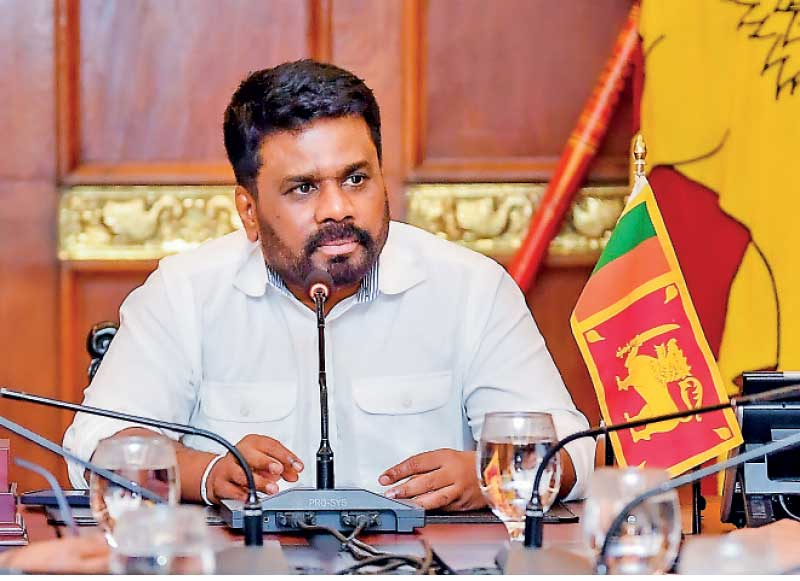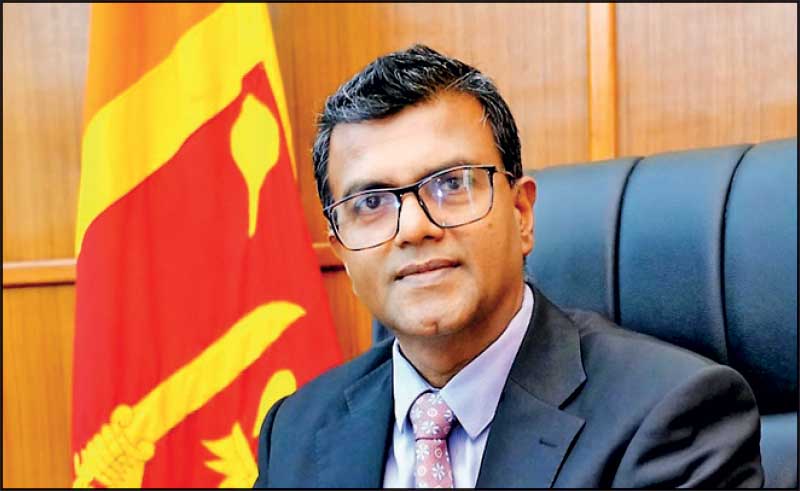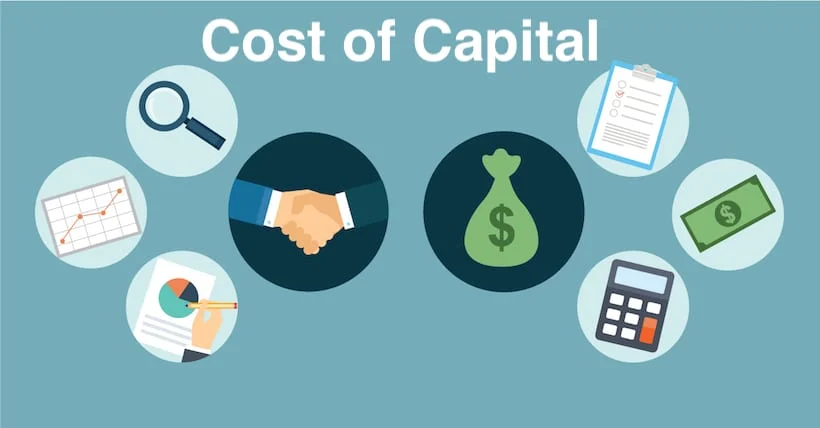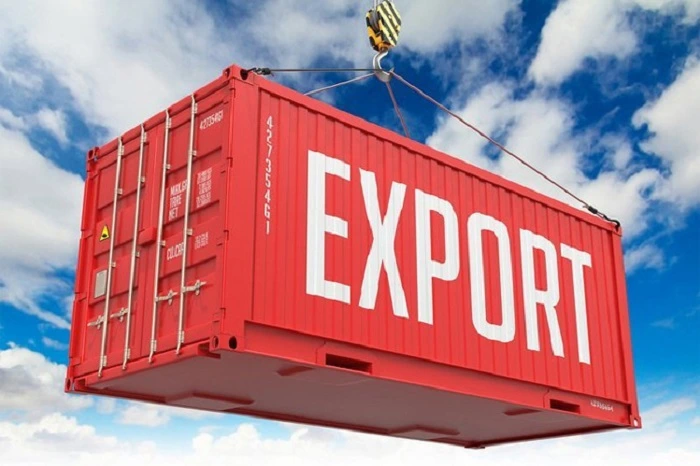Sri Lanka is preparing to issue a US$ 50 million Domestic Dollar Bond (DDB) on 3 December, marking the country’s first attempt to borrow in foreign currency since the economic crisis and sovereign default in 2022. This move is seen as an early step in rebuilding confidence, improving transparency, and reducing pressure on the country’s limited foreign reserves all while avoiding international capital markets, which remain largely closed to Sri Lanka until 2028.
Although the amount US$ 50 million seems small in global terms, the significance lies in how the bond is being issued and what it signals about Sri Lanka’s evolving financial landscape. For ordinary readers, understanding this development helps clarify where the economy is heading and what the Government is trying to rebuild after two years of crisis.
Why This Bond Is Important
The upcoming Dollar Bond is special for three key reasons:
- First foreign-currency borrowing since the default
Sri Lanka stopped issuing foreign-currency bonds after the 2022 default because the Government could no longer guarantee repayment. This new bond marks the first cautious step back into that space.
- It’s issued through the new Public Debt Management Office (PDMO)
The PDMO is a newly created independent office that now handles all Government borrowing. This gives investors confidence that borrowing is being done professionally and transparently.
- It uses money already inside Sri Lanka
Instead of borrowing from global markets, which would be expensive and risky this bond raises dollars already held by Sri Lankan commercial banks. This keeps foreign reserves safer and avoids adding new external debt exposure.
Why Only US$ 50 Million? Didn’t Cabinet Approve US$ 100 Million?
In October, the Cabinet approved raising up to US$ 100 million through Domestic Dollar Bonds. So why issue only half?
Two reasons:
- First: Testing the waters
The Government wants to see how much interest local banks actually have before offering a larger amount. This conservative approach helps avoid failure at the first attempt.
- Second: Risk control
Borrowing in foreign currency carries more risk than borrowing in rupees. Starting with US$ 50 million ensures the Government doesn’t rush back into heavy foreign-currency borrowing too soon.
If this issue goes well, the PDMO can issue the balance later.
How the Bond Will Work
The upcoming auction is managed with strict rules:
- Auction date: 3 December
- Subscriptions: 1–3 December
- Who can invest: Only licensed commercial banks in Sri Lanka
- Minimum investment: US$ 1 million
- Tenures: 1-year, 2-year, and 3-year
- Interest: Will be decided through competitive bidding
- Settlement: Payments made to the Central Bank’s account in New York
- Important note: Ordinary citizens and foreign individuals cannot invest in this bond. It is purely for banks.
This structure helps the Government keep the process clean and reduces the risks associated with retail participation which caused issues during the crisis when many individuals held Sri Lanka Development Bonds (SLDBs) and were affected by the Domestic Debt Optimisation (DDO) restructuring.
What Happened to the Old SLDBs?
Before the crisis, Sri Lanka regularly issued Sri Lanka Development Bonds (SLDBs). These were popular with both banks and individual investors. But after the crisis hit, SLDBs became too risky to manage.
In 2023, the Government restructured SLDBs as part of the Domestic Debt Optimisation plan:
- US$ 791.4 million worth of SLDBs were exchanged for rupee bonds
- That was 94.49% acceptance
- Overdue interest of US$ 69 million was settled
- Five new rupee Treasury Bonds with variable rates replaced SLDBs
Because the restructuring affected many people including migrant workers and small businesses the Government has now restricted the new Dollar Bond to banks only. This helps avoid repeating past confusion and protects small investors.
What Is the PDMO and Why Does It Matter Now?
The Public Debt Management Office, created in January 2024, is now responsible for:
- Planning Government borrowing
- Managing both domestic and foreign debt
- Keeping track of all debt payments
- Ensuring transparency and accountability
- Working closely with the IMF
Previously, debt responsibilities were scattered among different Government departments. This fragmentation contributed to the lack of oversight that accelerated the debt crisis.
With the PDMO, Sri Lanka now has a central, specialised office handling all borrowing similar to debt-management offices in developed countries. The Dollar Bond is its first major test.
Why Is Sri Lanka Raising Dollars Domestically?
Three reasons stand out:
- International markets are closed
Sri Lanka cannot issue International Sovereign Bonds (ISBs) until 2028 because of the default. Even if it could, interest rates would be extremely high due to the country’s past instability.
- Domestic banks already hold a lot of dollars
Instead of letting those dollars sit idle, the Government can borrow them at a lower cost and with lower risk.
- It avoids adding pressure on foreign reserves
When borrowing domestically in dollars, the Government does not risk losing dollars from the system, it merely shifts them from banks to the Treasury in a controlled process.
How Will This Affect the Economy?
Positive Signals
- Shows progress after completing 99% of external debt restructuring
- Builds confidence in the new PDMO
- Helps demonstrate responsible and transparent borrowing
- Encourages banks to participate in Government financing again
- May help stabilise short-term foreign-currency liquidity
Possible Risks
- The Government must repay in dollars, not rupees
- Pressure on FX reserves if repayments coincide with low inflows
- If banks prefer only 1-year bonds, the Government could face big repayments next year
- If rates demanded by banks are too high, borrowing costs can rise
Overall, the risks are manageable because the size is small and the process is controlled.
What Happens Next?
If the issue attracts strong bids from banks, the PDMO is likely to:
- Issue the remaining US$ 50 million
- Establish a regular schedule for future Dollar Bond auctions
- Use the DDB as a benchmark for pricing other FX instruments
- Continue building trust with the IMF and international lenders
If the auction is weak, authorities may adjust pricing or timing, but the small size ensures that the impact is contained.
Final Takeaway: A Small Step with Big Meaning
Sri Lanka’s US$ 50 million Domestic Dollar Bond is not about raising a big sum of money. It is about proving discipline, rebuilding trust, and showing the world that the country is ready to manage its debt responsibly after the hardest period in its economic history.
For ordinary Sri Lankans, this is an early indicator that the economy is moving from “crisis management” into a more stable, structured phase. The process will be slow, but this bond is one of the first signs of that shift.



Lanka Biz News covers the intersection of innovation, investment, and impact in Sri Lanka’s dynamic business landscape. Follow us for more on emerging sectors shaping the island’s future.





